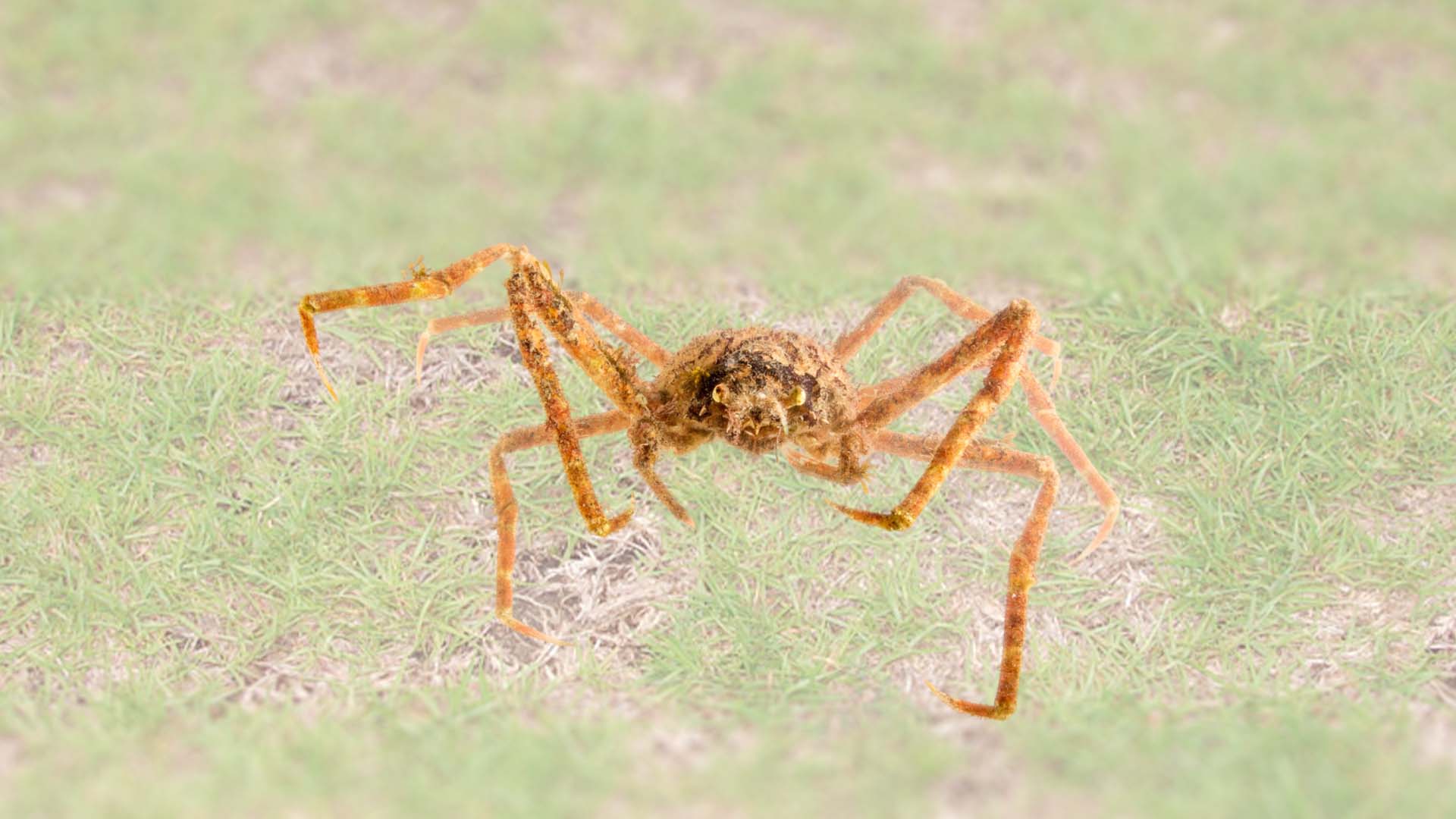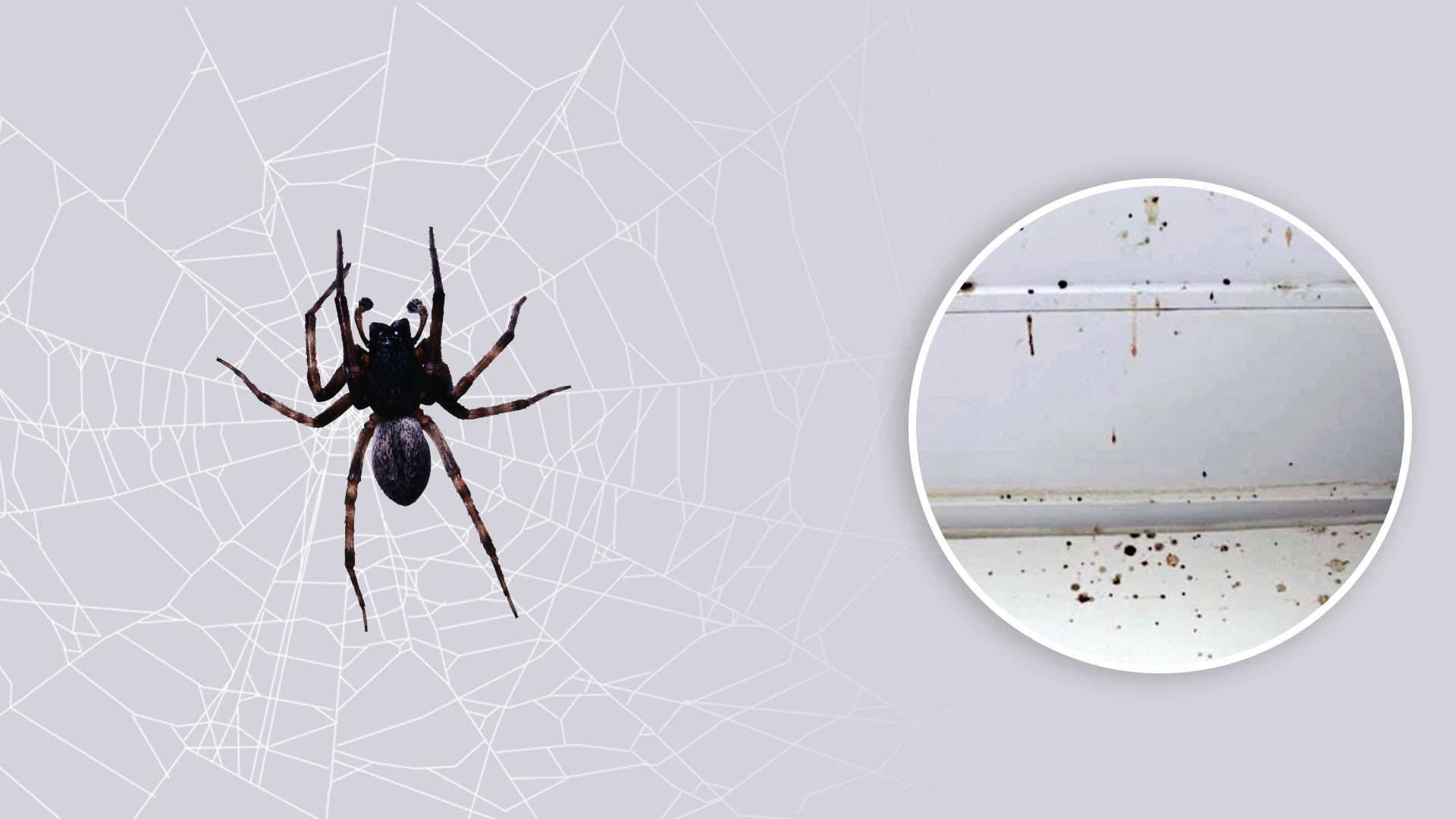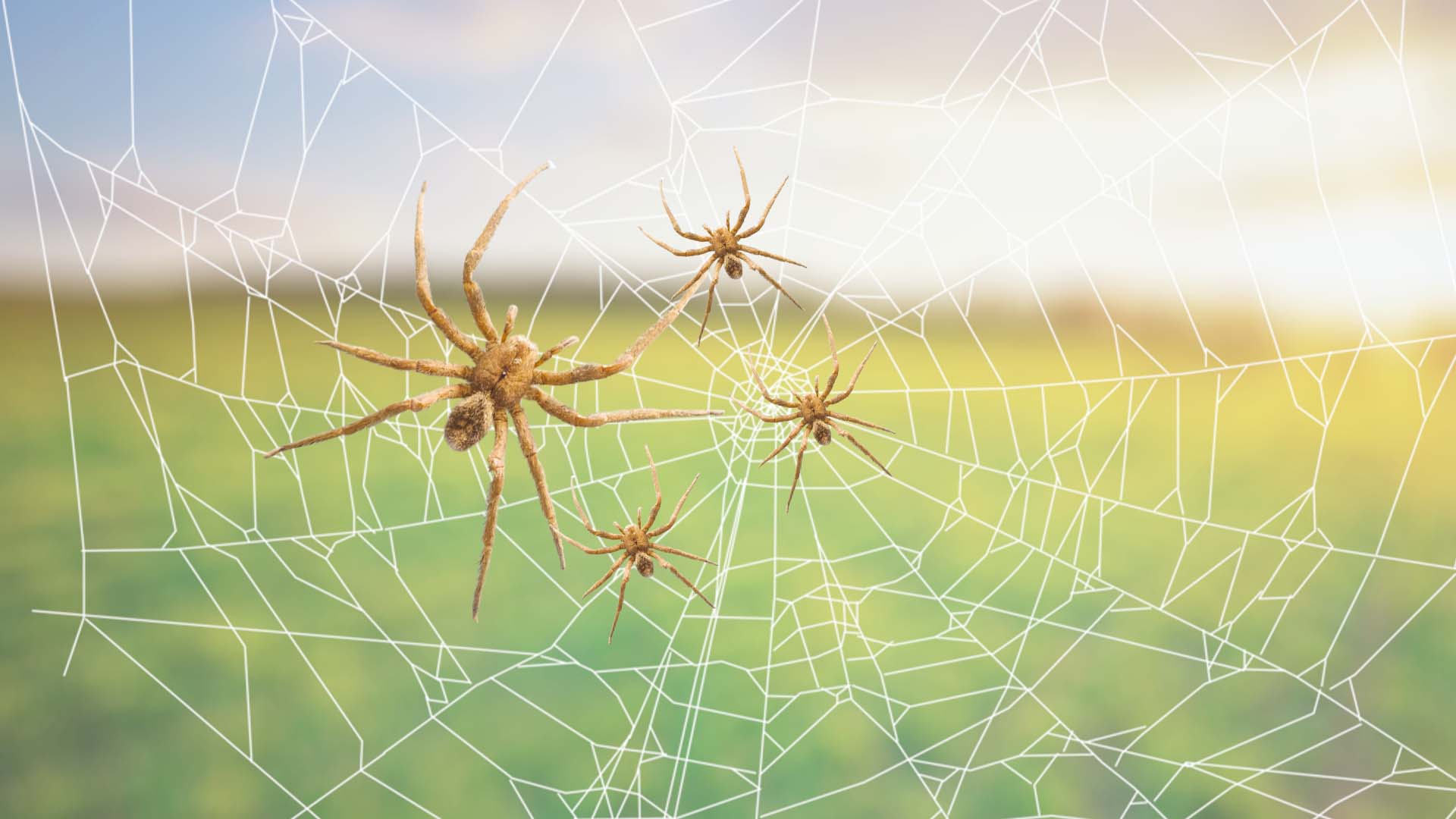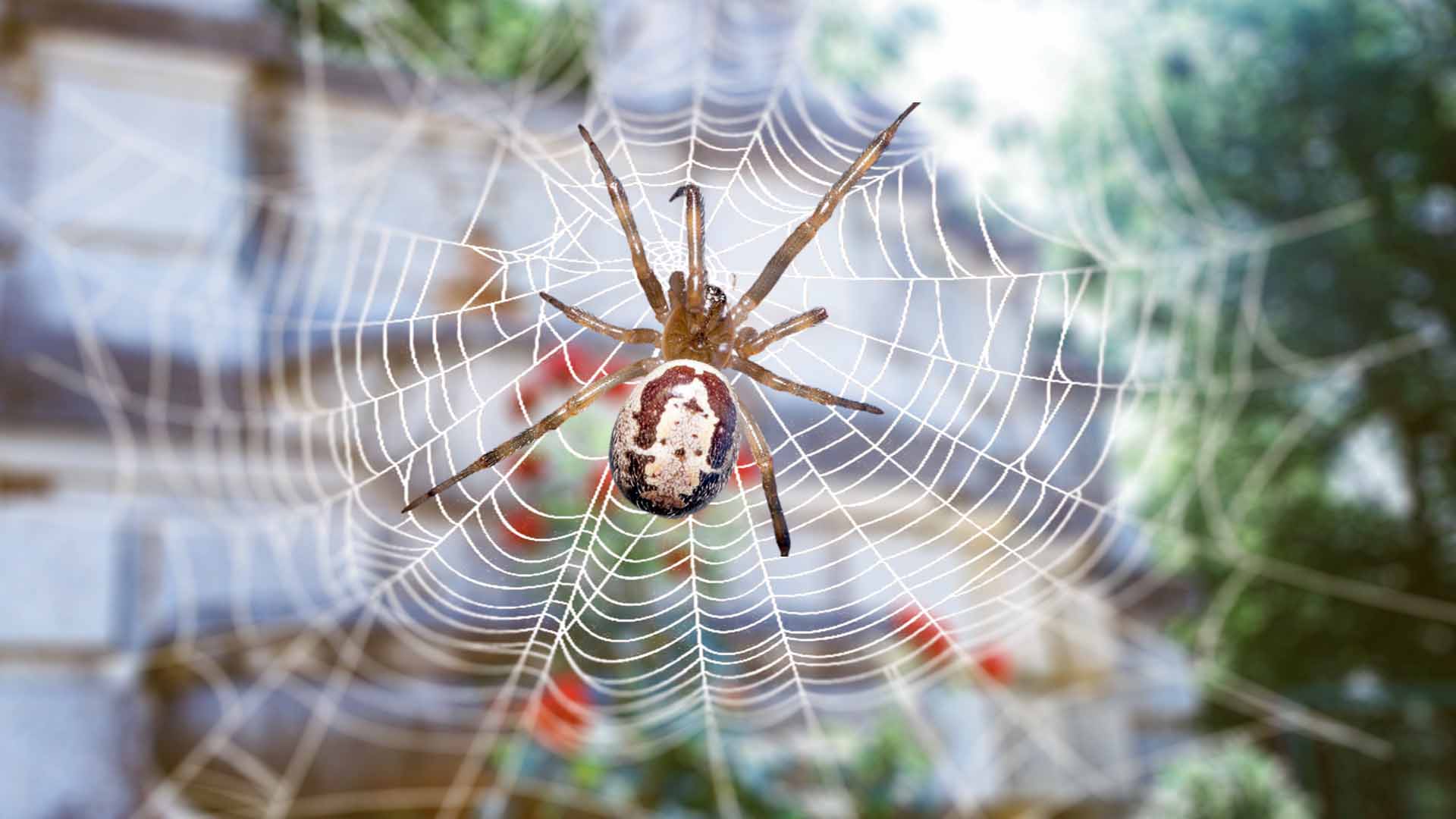There are thousands of types of spiders available in our world. Among the spiders, some are dangerous, some are beautiful and some live in a house or garden. Here we shared some spiders that look like a Crab. But their behaviors and characteristics are different from the Crab. When you see those types of spiders, they look a little bit similar to crabs.
However, Today we will share some spiders that are similar to crabs. You will also know what the spider found, and what are their characteristic.
Crab spiders
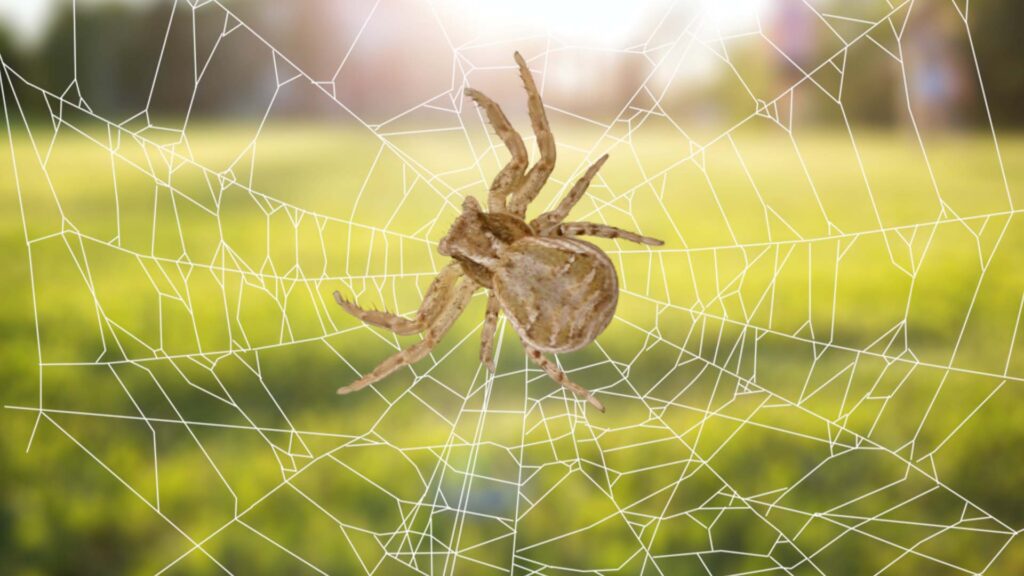
Crab spiders, belonging to the family Thomisidae, exhibit a distinctive body structure characterized by a flattened and crab-like appearance. Their bodies are wider than they are tall, with two front pairs of legs extending forward, resembling crab claws. This specialized morphology aids in their ambush hunting strategy, allowing them to hide among flowers or vegetation to ambush prey.
Despite the name, crab spiders are not closely related to actual crabs; the similarity lies in their body shape and the way they move, demonstrating convergent evolution.
Zebra spider
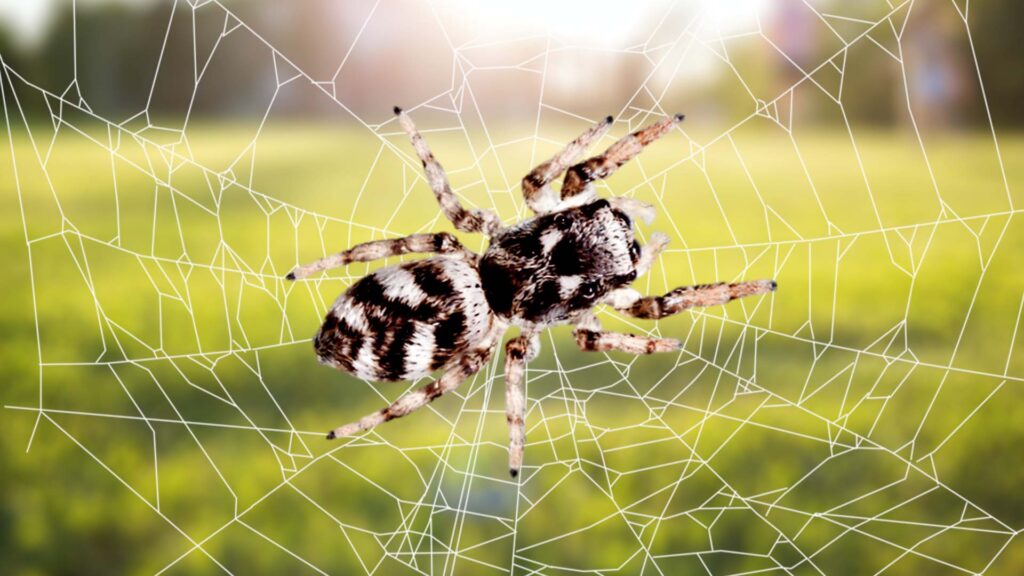
The zebra spider, scientifically known as Salticus scenicus, possesses a distinct body structure that sets it apart from crabs. Zebra spiders are small jumping spiders characterized by their black and white striped pattern, resembling a zebra.
Unlike crab spiders, zebra spiders have a more compact and vertically oriented body, with eight eyes arranged in three rows.
Their front two pairs of legs are shorter, while the hind two pairs are longer, facilitating their agile jumping behavior. While zebra spiders share the arachnid classification with crabs, their body structure and behavior differ significantly, emphasizing the diversity within the arachnid world.
Striped-knee tarantula
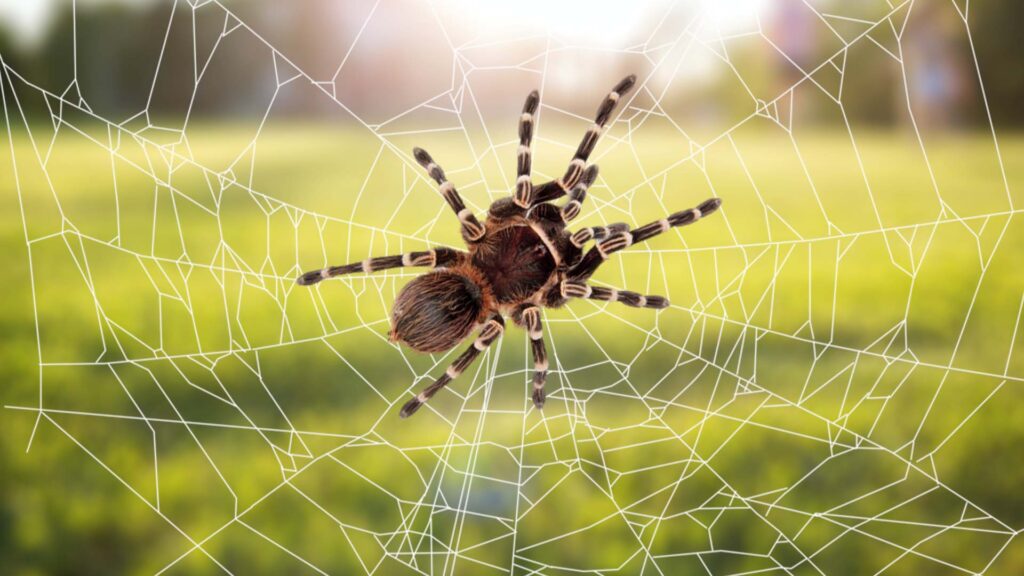
The Striped-Knee Tarantula, belonging to the Brachypelma genus, exhibits a robust and hairy body structure typical of tarantulas. These large spiders have a cephalothorax and abdomen, joined by a narrow waist, with eight jointed legs. Notably, the “striped-knee” name originates from distinctive bands on their legs.
In contrast to crabs, tarantulas lack a crab-like appearance. They have elongated legs, adapted for terrestrial movement, and lack the lateral compression seen in crabs. While both are arthropods, crabs belong to the class Malacostraca (crustaceans), while tarantulas are arachnids (class Arachnida). The differences highlight the diverse adaptations within the arthropod phylum.
Gasteracantha cancriformis
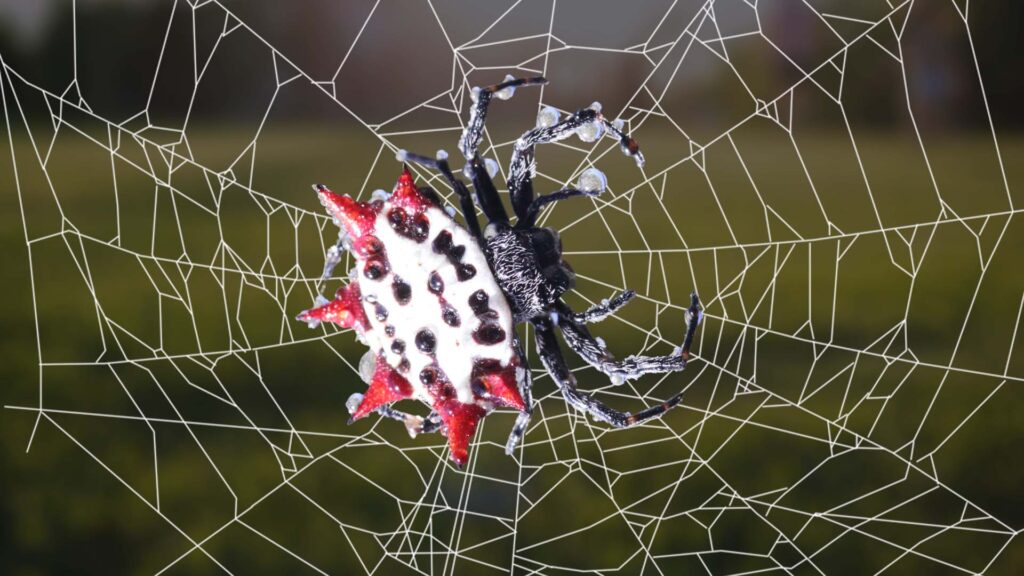
Gasteracantha cancriformis, commonly known as the spiny-backed orb-weaver or jewel spider, exhibits a distinctive body structure that differs significantly from crabs. These spiders belong to the Araneidae family and are characterized by a round abdomen adorned with conspicuous spines or projections.
Unlike crabs, Gasteracantha cancriformis has an arachnid body plan with two main body regions: the cephalothorax and abdomen. The abdomen is often highly ornamented and may feature a colorful pattern. Their eight legs radiate from the cephalothorax. While their appearance may be visually striking, there is no crab-like resemblance. The differences highlight the diverse morphologies that have evolved in arachnids for various ecological roles.
Evarcha culicivora
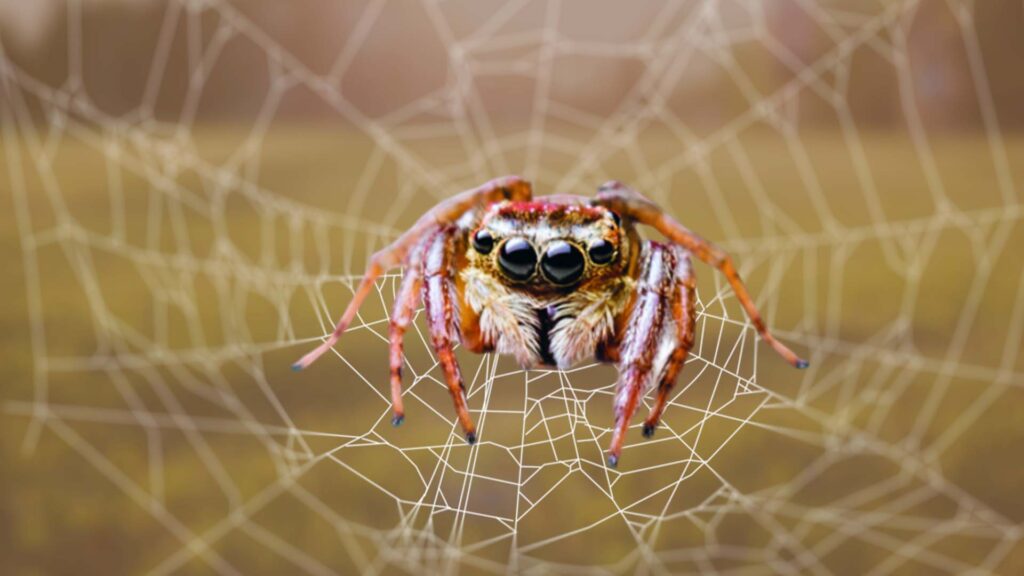
Evarcha culicivora, commonly known as the vampire jumping spider, possesses a body structure that is distinctly different from crabs. This jumping spider belongs to the Salticidae family and is known for its unique feeding behavior, as it preys on blood-engorged female mosquitoes.
The body structure of Evarcha culicivora is typical of jumping spiders, with a compact cephalothorax and abdomen. These spiders have excellent vision, with large anterior median eyes for tracking and stalking prey. Their eight legs are well-adapted for quick and precise movements, especially during hunting and jumping.
In contrast to crabs, Evarcha culicivora lacks the crab-like appearance, having a more streamlined and agile body suited for its predatory lifestyle. The differences highlight the diverse adaptations found within the arachnid class.
Jumping Spiders
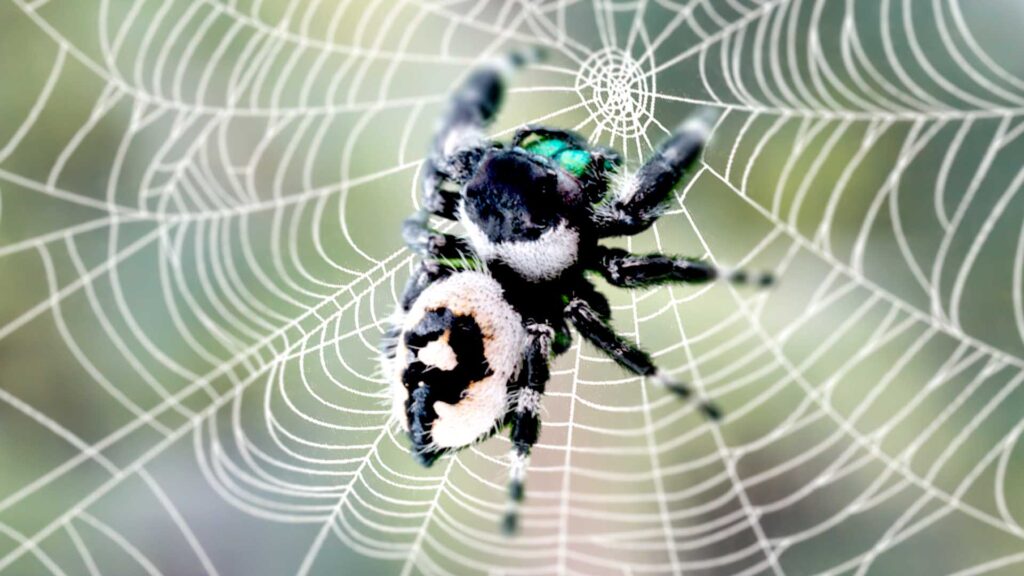
Jumping spiders, belonging to the Salticidae family, have a distinctive body structure that differs significantly from crabs. Jumping spiders are known for their excellent vision, hunting prowess, and distinctive behaviors. Their body structure follows the typical arachnid pattern with two main body segments – the cephalothorax and abdomen.
The cephalothorax of jumping spiders is generally compact and houses their well-developed anterior median eyes, providing them with exceptional eyesight for hunting and navigating. Unlike crabs, jumping spiders lack the crab-like appearance; instead, they have a more vertically oriented body. Their eight legs are equipped with specialized structures for jumping and are used for precise movements.
While both jumping spiders and crabs are arthropods, their body structures and ecological roles are quite distinct, illustrating the diversity within the arachnid and crustacean groups, respectively.
Xysticus spp
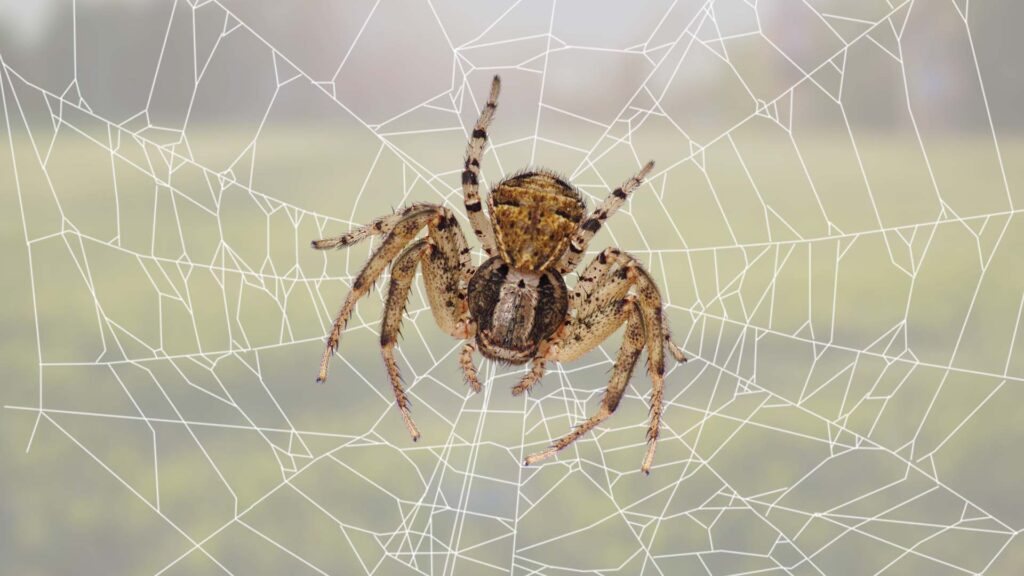
Xysticus spp., commonly known as ground crab spiders, have a body structure that shares certain features with true crabs but also has significant differences. These spiders belong to the Thomisidae family and are often found on the ground, where they actively hunt for prey.
Similarities to crabs include the flattened body shape, resembling the broader carapace seen in crabs. This morphology aids in their ability to move stealthily on the ground and hide among vegetation for ambush hunting. Like crabs, Xysticus spp. have eight legs and chelicerae for grasping prey.
However, unlike true crabs, Xysticus spp. lack a hard exoskeleton, claws, and a pronounced sideways movement. Their body structure is more typical of spiders, with distinct cephalothorax and abdomen regions. The resemblance to crabs is more in terms of body shape rather than detailed anatomical similarities, showcasing convergent evolution for similar ecological roles.
Summary
commonly known as ground crab spiders, emphasizing both similarities and differences to true crabs. Belonging to the Thomisidae family, ground crab spiders share a flattened body shape reminiscent of crabs, aiding in their ambush hunting strategy on the ground. While they possess eight legs and chelicerae like crabs, they lack the hard exoskeleton and pronounced sideways movement characteristic of true crabs.

